The Picture of Dorian Gray
.jpg)
There can be few superlatives left to describe Sarah Snook’s performance in Kip Williams’s London staging of Oscar Wilde’s The Picture of Dorian Gray – for the simple reason that she’s that good. Three days after I saw the play, at the Theatre Royal Haymarket, Snook was awarded the Olivier Award for best actress. According to the Guardian’s Lanre Bakare’s summation of the awards on 14 April, she was, from an impressive list, the sole ‘marquee name’ to do so. In her West End début, Snook gives a rockstar-like performance, one that exceeds expectations in a production where the stage is dominated by flamboyance and showmanship.
Continue reading for only $10 per month. Subscribe and gain full access to Australian Book Review. Already a subscriber? Sign in. If you need assistance, feel free to contact us.


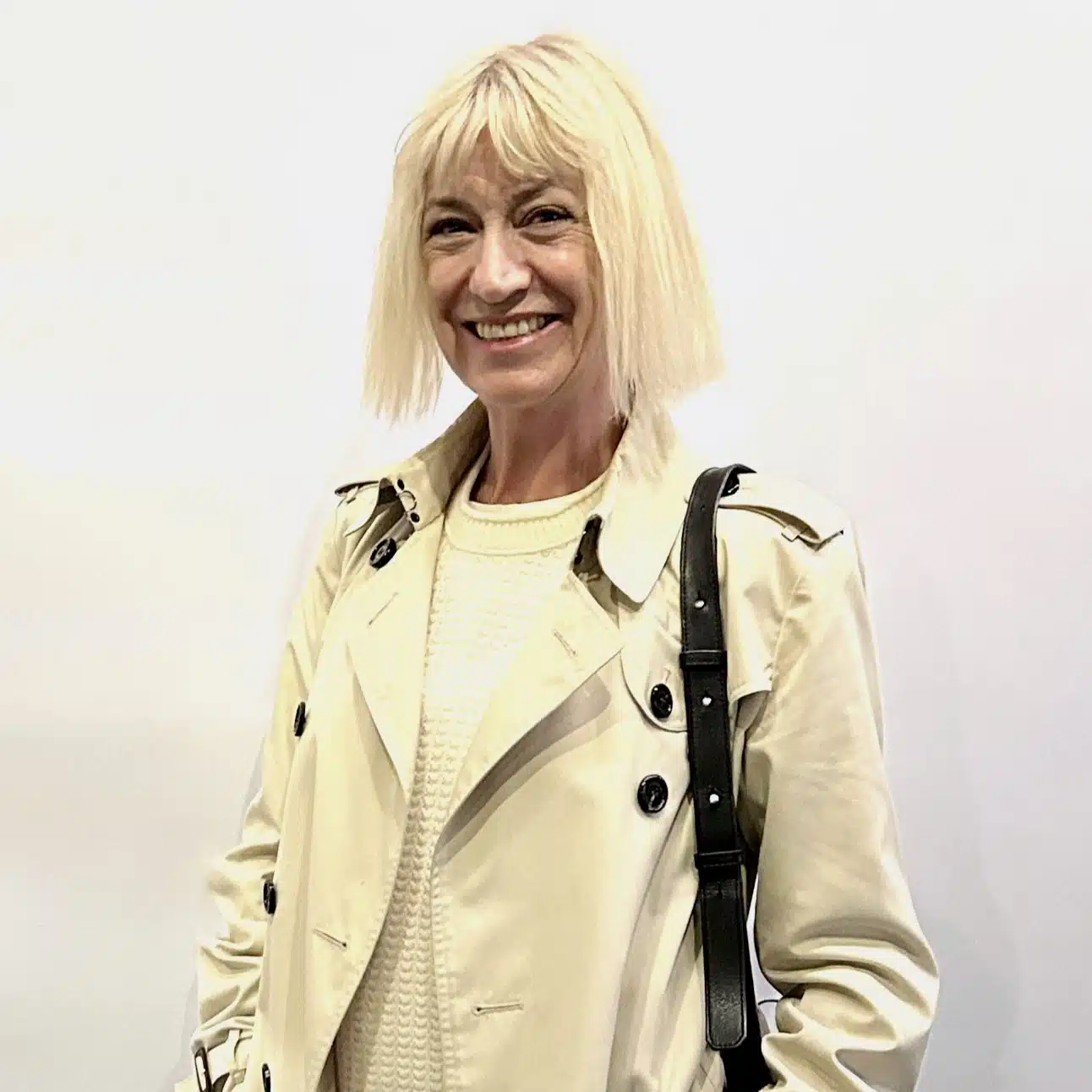
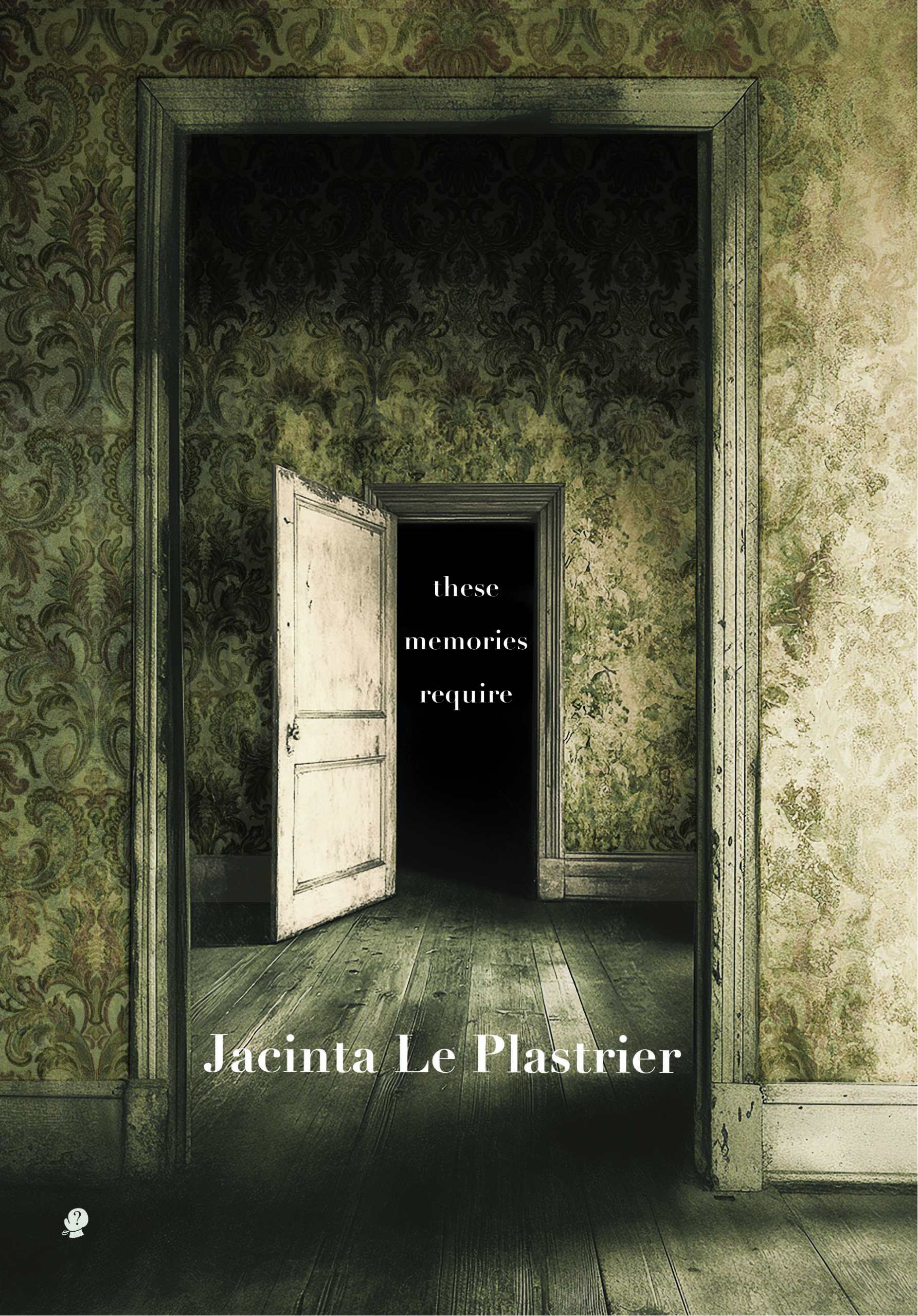

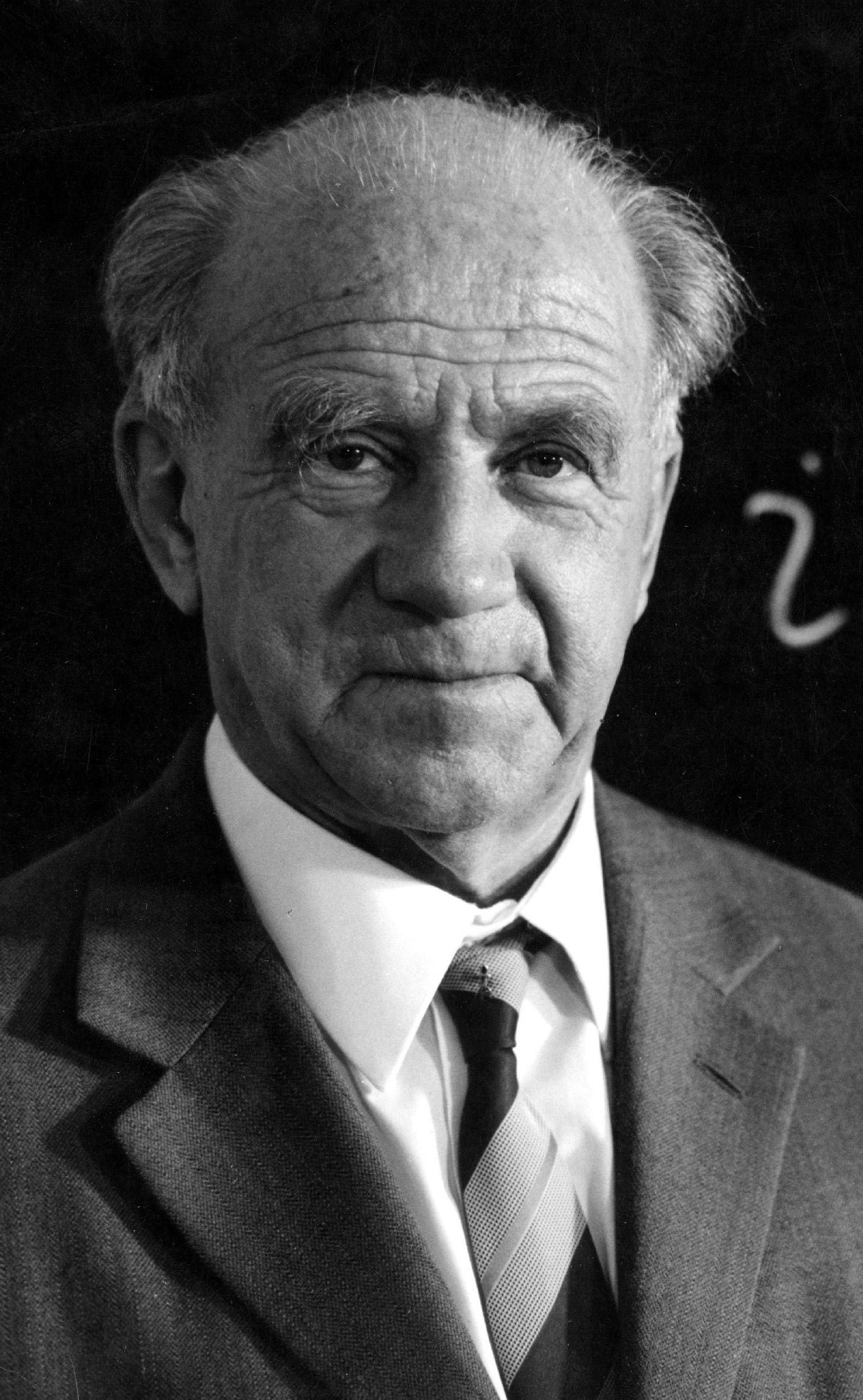
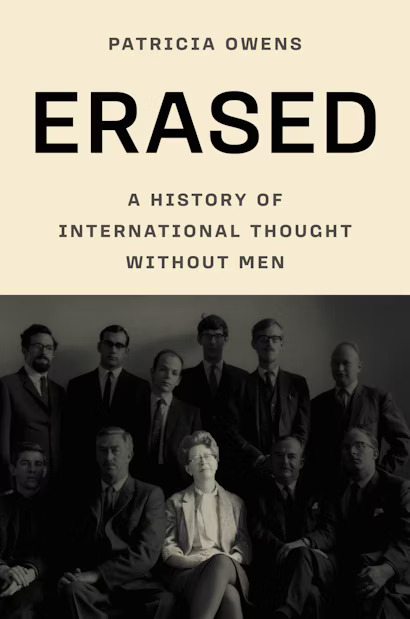
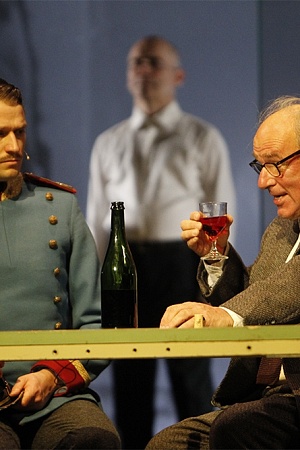
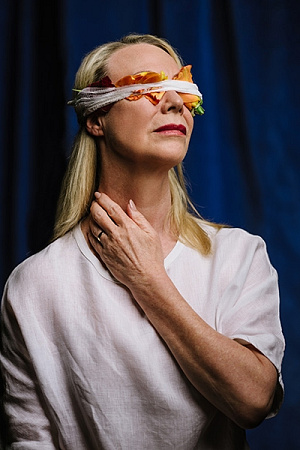
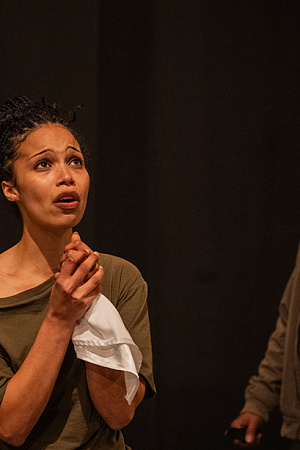
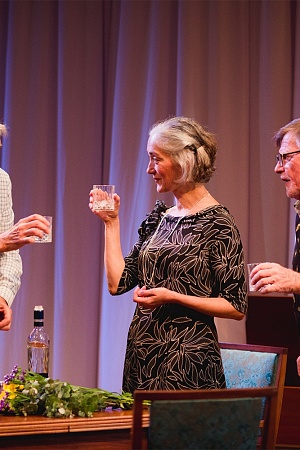
Leave a comment
If you are an ABR subscriber, you will need to sign in to post a comment.
If you have forgotten your sign in details, or if you receive an error message when trying to submit your comment, please email your comment (and the name of the article to which it relates) to ABR Comments. We will review your comment and, subject to approval, we will post it under your name.
Please note that all comments must be approved by ABR and comply with our Terms & Conditions.